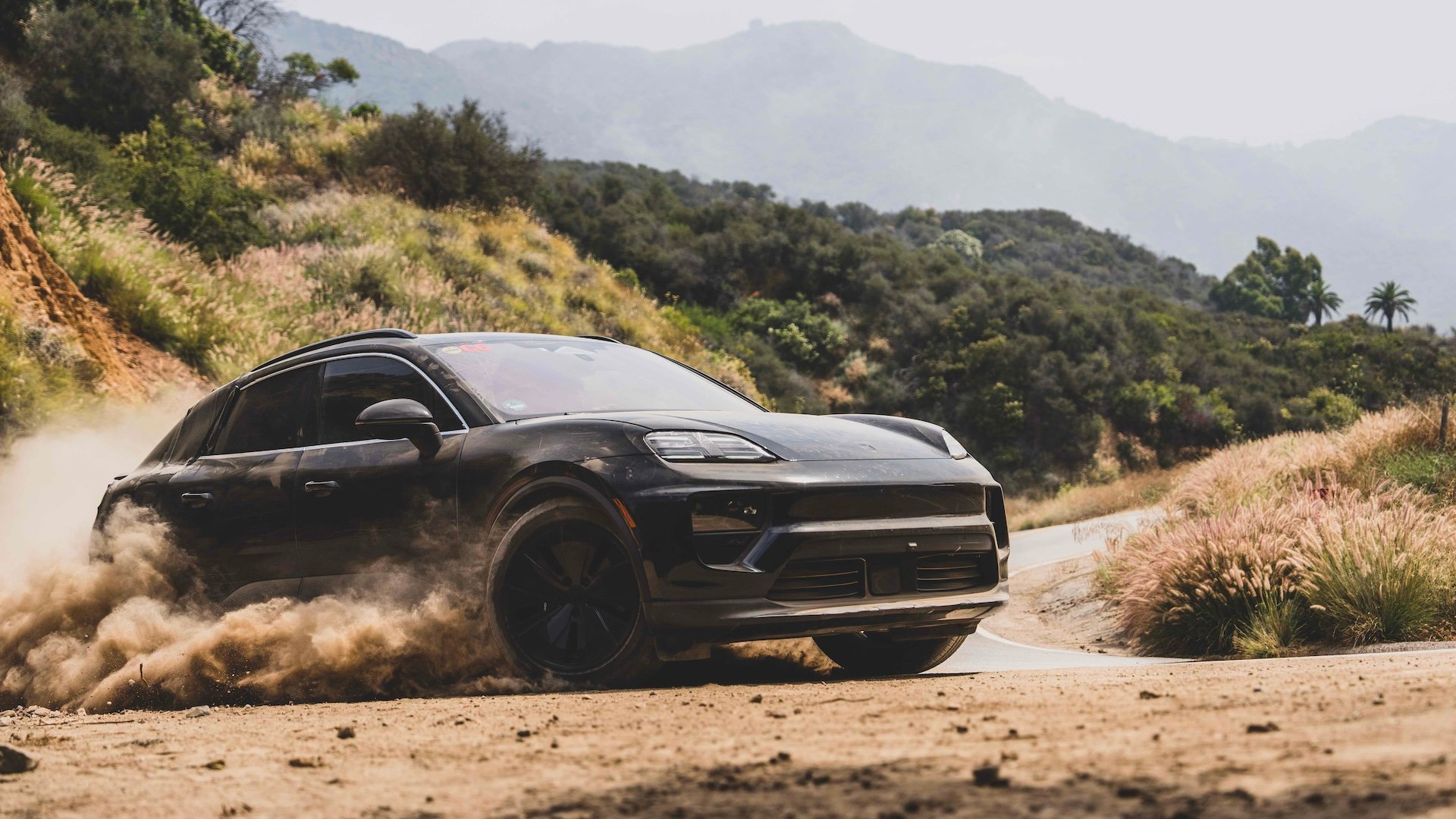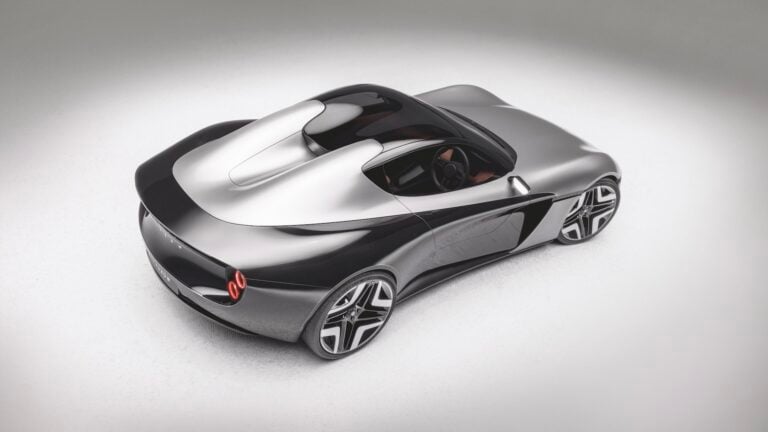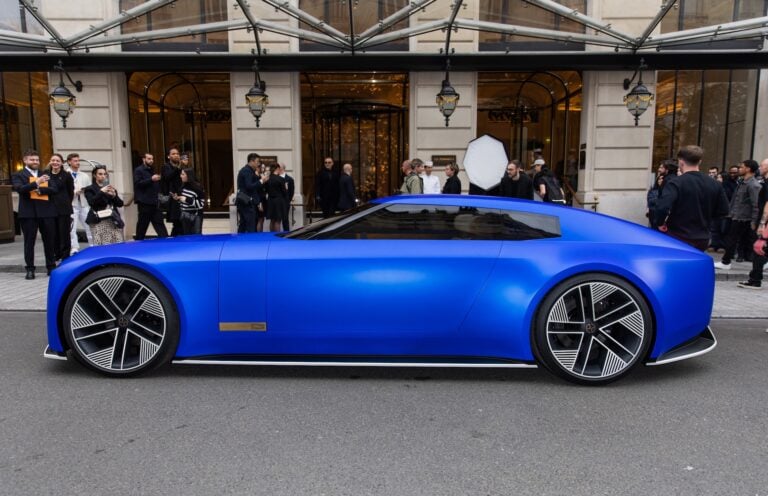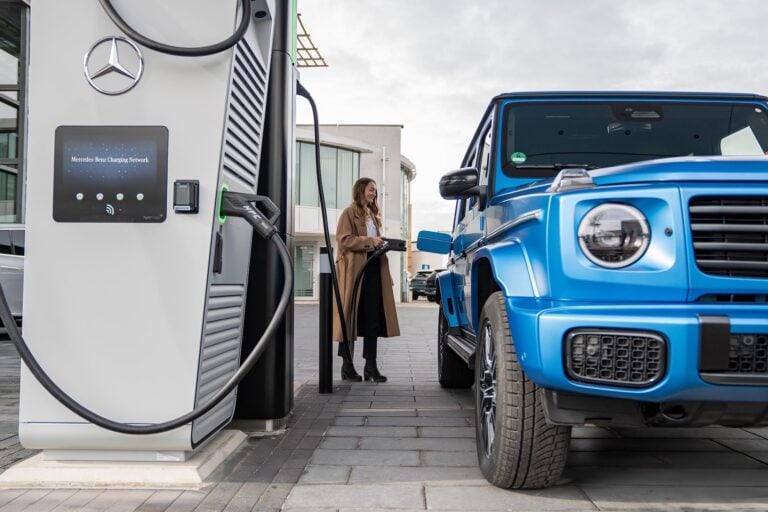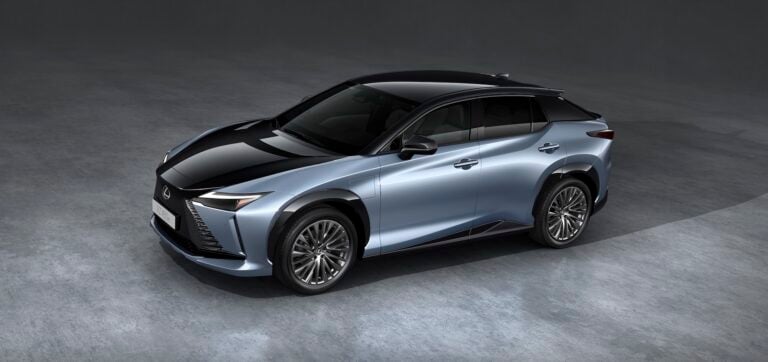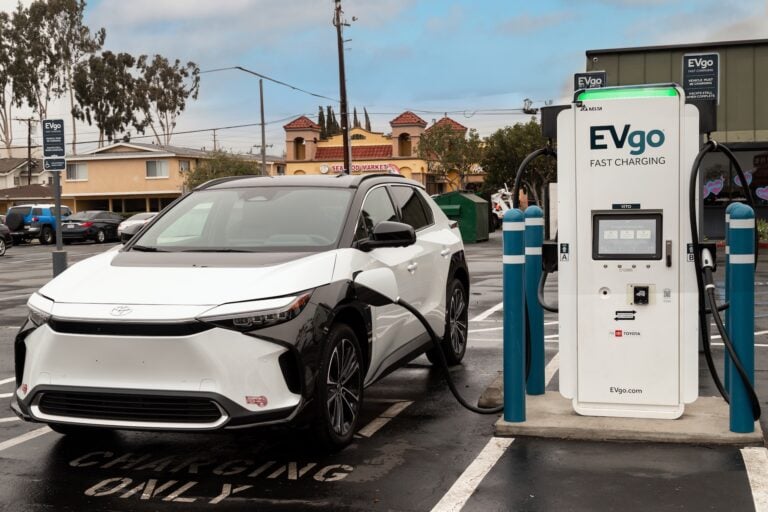Porsche is preparing to launch its all-electric Macan, a new development built on the new Premium Platform Electric (PPE). The manufacturer is putting the prototype through rigorous testing and simulations to ensure it meets the highest performance, efficiency, and aerodynamics standards.
The new Macan boasts a Cd value (drag coefficient) of 0.25, making it one of the most aerodynamic SUVs on the market. The development process has been meticulous, with Porsche engineers working closely with designers and aerodynamics engineers to strike the perfect balance between aesthetics and function. Peter Varga, Director Exterior Design at Style Porsche, points out the challenge of finding “the optimal connection between our design principles and the specifications given to us by the aerodynamics engineers.” However, through teamwork, Porsche boasts that its design DNA has been combined with range-optimized aerodynamics.
See also: The All-Electric Porsche Macan Prototype
Key features of the new Macan include:
- Lithium-ion battery with gross capacity of 100 kWh, of which up to 95 kWh can be actively used
- 800-volt architecture enabling high-performance fast charging, with a DC charging capacity of up to 270 kW
- AC charging possible with up to 11 kW
- Range of over 500 km for all variants according to WLTP
Jörg Kerner, Vice President Product Line Macan, emphasizes that “efficiency” is a crucial part of Porsche’s DNA, and that the manufacturer focuses on making its models both sportier and more efficient. The electric Macan has been designed to maintain the identity of the successful Macan series, while also meeting the aerodynamic requirements that ensure a high range.
Porsche has been testing its prototypes in various locations worldwide to ensure that the vehicle can be charged quickly and efficiently in all markets. Kerner notes that “charging simply has to work, wherever and whenever.” The DC charging capacity at 800-volt charging stations is up to 270 kW, and the charge level can be increased from 10 to 80 percent in less than 22 minutes at 400-volt charging stations. Bank charging is enabled by effectively splitting the 800-volt battery into two batteries, each with a rated voltage of 400 volts.
Driving dynamics have been a particular focus for Porsche during the development process. The manufacturer has aimed to ensure that the electric Macan maintains the familiar steering feel of its sports cars. The objective is to coordinate the newly developed components and systems to ensure operational stability under extreme conditions.
Porsche’s electric Macan is set to break records and change the game for electric SUVs. With its range, charging capabilities, and aerodynamics, it’s clear that Porsche has spared no expense in creating a vehicle that meets the highest standards of performance and efficiency.
Fast charging with up to 270 kW – for all markets
The electric motors in the new Macan draw their energy from a lithium-ion battery in the underbody, with a gross capacity of 100 kWh, of which up to 95 kWh can be actively used. The 800-volt architecture of the PPE in the new Macan enables high-performance fast charging, which is being tested worldwide as part of the development process.
“There are different charging standards in our main markets. A major focus of the testing has therefore been on checking these different framework conditions in the different locations with our prototypes and adapting the technology accordingly where necessary. Charging simply has to work, wherever and whenever,” says Kerner. The DC charging capacity for the new Macan at 800-volt charging stations is up to 270 kW. The charge level can be increased from 10 to 80 percent in less than 22 minutes at 400-volt charging stations. A high-voltage switch in the battery enables bank charging by effectively splitting the 800-volt battery into two batteries, each with a rated voltage of 400 volts. This enables particularly efficient charging, without an additional HV booster, at up to 150 kW. AC charging is possible with up to 11 kW.
Driving dynamics testing under extreme conditions
Porsche developed the new Macan with a keen focus on the driving dynamics typical of the brand, and a familiar steering feel. These core competencies of the sports car manufacturer are a particular focus during testing. Through the various test stages, the objective is to coordinate the newly developed components and systems and to ensure the operational stability and smooth functioning of their interaction. In endurance tests, a vehicle’s service life is simulated under the kind of harsh operating conditions that will later only be experienced by customers at the absolute limit. To date, the camouflaged prototypes of the all-electric Macan have completed more than three and a half million test kilometers on test tracks and public roads.
To test the interaction of all active driving components under extreme climatic and situational loads, the test cars are used all around the world. “We cover all temperature ranges. From minus 30 degrees Celsius in Scandinavia to plus 50 degrees Celsius, as we experienced in Death Valley in California,” continues Kerner. “Of course, an SUV also has to work on any surface. That’s why we test not only on roads, but also off-road, on gravel, snow and ice.” The rear-focused all-wheel drive in the all-electric Macan models is always on home turf in this regard.
Porsche exclusively uses the latest generation of permanently-excited PSM motors on the front and rear axles. They provide overboost power of more than 450 kW, offer excellent efficiency and enable optimum reproducibility of the power output. The electronically controlled Porsche Traction Management manages the distribution of the more than 1,000 Nm of torque with Launch Control in the top model in almost real time. To offer the broad spectrum between high performance and comfort for which the Macan is known, the engineers have deployed a Porsche Active Suspension Management system with two-valve damper technology, air suspension, rear-axle transverse lock and, for the first time, rear-axle steering with a steering angle of up to five degrees.

